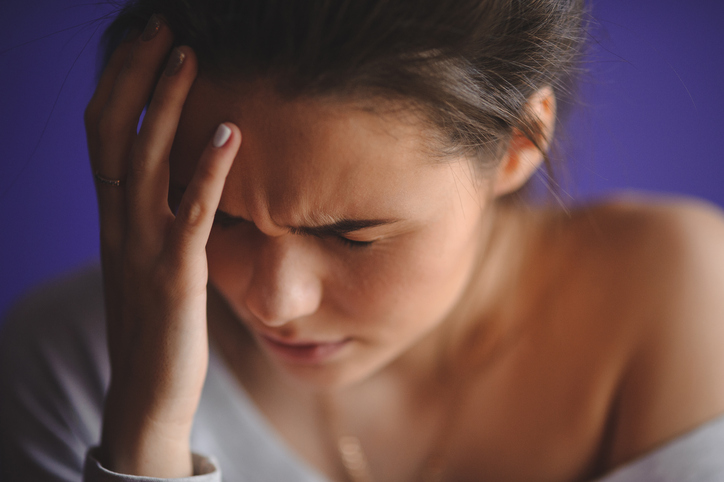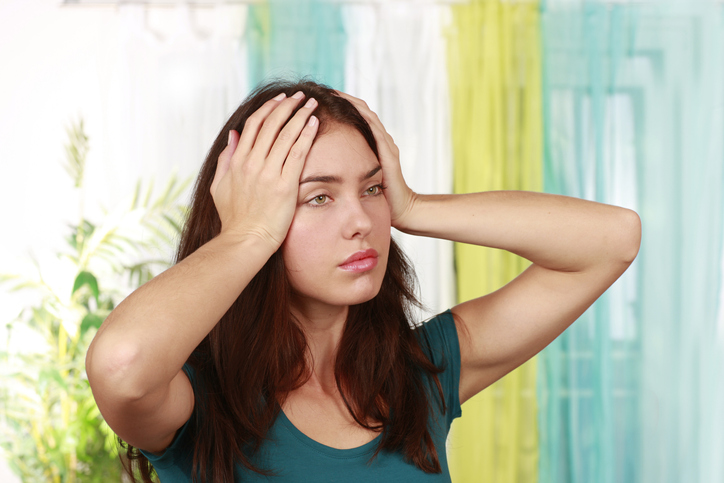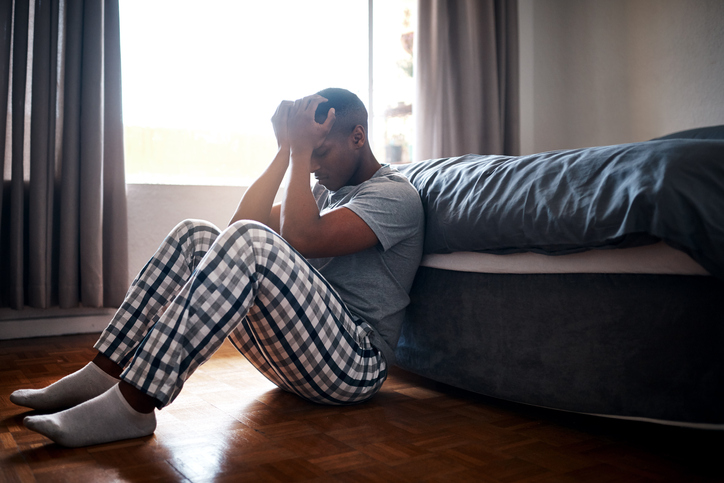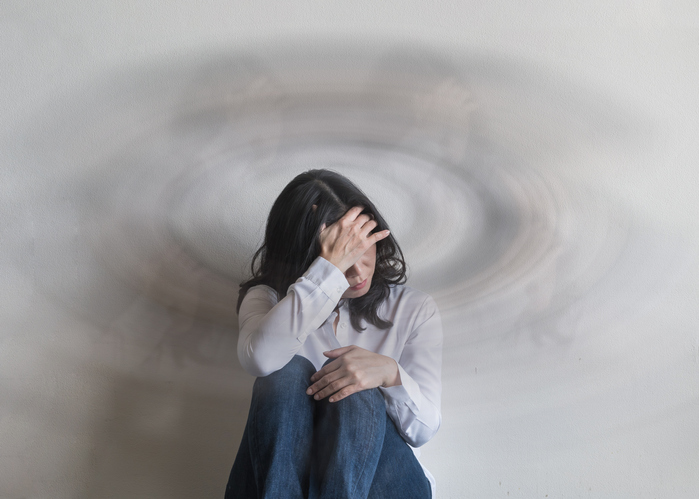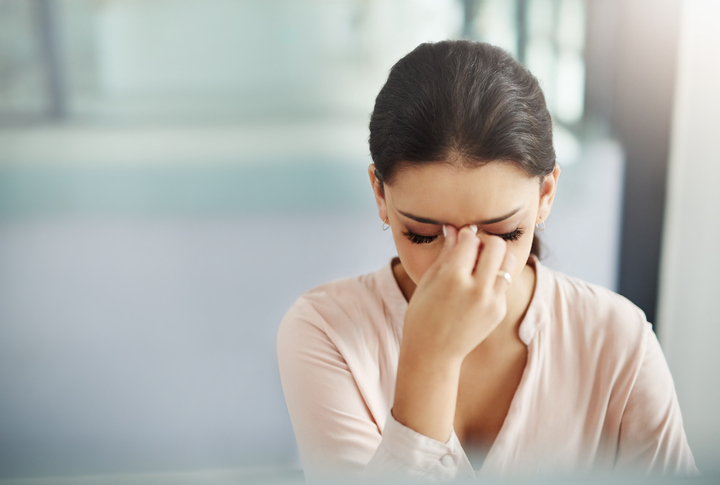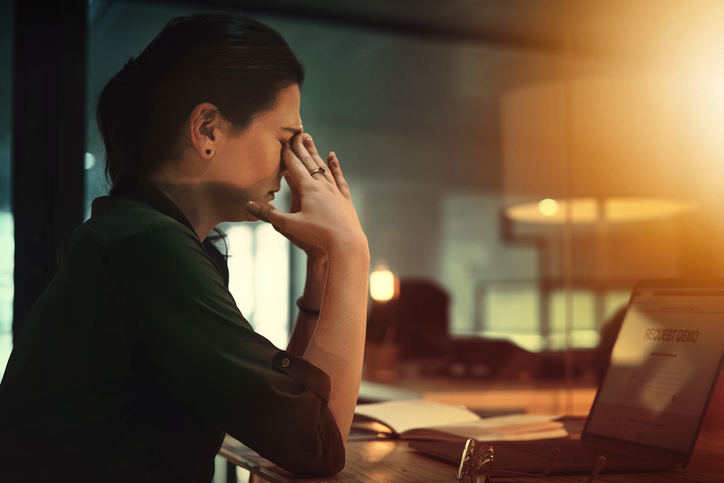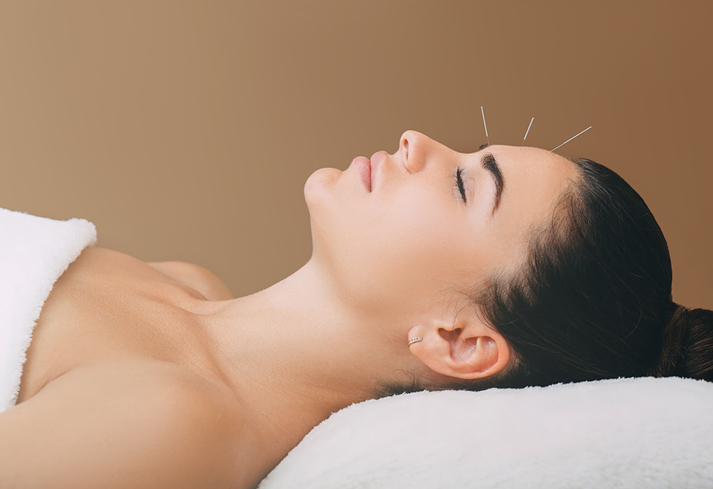Pain
10 Common Migraine Triggers
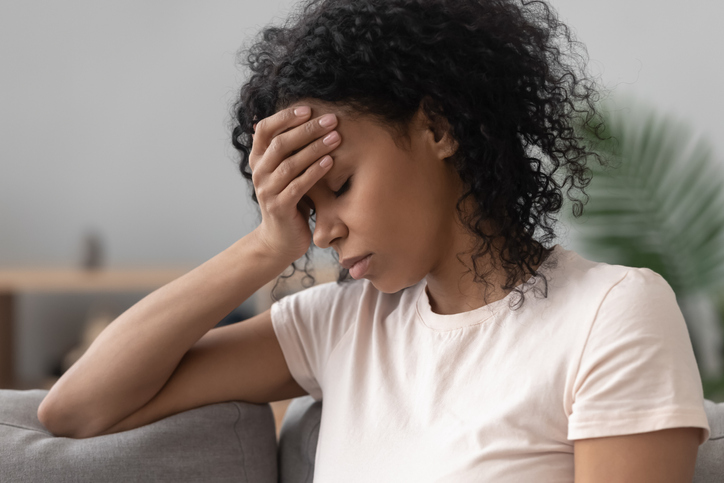
179 people found this helpful
Print
Share
Save
A migraine is more intense than an average headache. Migraines involve bouts of pain or throbbing, usually on one side of the head. They may also be accompanied by nausea, vomiting, or sensitivity to light and sound. Migraines can last from a couple of hours to a couple of days, and the pain and other symptoms can be debilitating. They occur with varied frequency; some people experience them several times a month while others can go months without an attack. A number of lifestyle choices or environmental triggers may contribute to migraine development. Examples of potential triggers include the following:
- Alcohol
Alcohol is the number one trigger of migraines. Red wine is an especially well-known migraine trigger. - Food
Some foods and food additives are potential migraine triggers. Examples include lunch meat, chocolate, eggs, aged cheeses, processed foods, salty snacks, excessive caffeine, and foods containing monosodium glutamate (MSG) or artificial sweeteners (e.g., aspartame). - Sleep patterns
Lack of sleep, poor quality sleep, or too much sleep are potential migraine triggers. Getting plenty of rest and adhering to a good sleep hygiene routine can help stop migraines in their tracks. - Dehydration or hunger
Skipping meals is a potential trigger for migraines due to dropping blood glucose levels. Dehydration is also a common trigger. - Stress
Extreme stress can negatively affect the body in numerous ways, including triggering migraines. Daily stressors, such as traffic jams, work deadlines, and family responsibilities, can also trigger migraine headaches. - Sensory stimuli
Sensitivity to sensory stimuli can quickly bring on a migraine. For example, bright or flashing lights, loud noises, and strong smells can all trigger migraines. Even bright sunlight may be a trigger. Wearing sunglasses to diminish the effects of bright lights may help. - Weather
Extreme weather situations or changes in weather patterns may trigger migraines in some people. Potential migraine-inducing weather includes extremely bright sunlight, extreme temperatures, changes in barometric pressure, or even wind. - Intense activity
Pushing the body too hard during physical activity, such as exercise or sex, is a potential migraine trigger. Choosing less intense activities or slowing down the pace may help. - Medications
Vasodilators (e.g., nitroglycerin) and hormone-based medications and can trigger a migraine headache. Overuse of analgesics may also trigger migraines. - Hormonal changes
Fluctuating hormones may lead to migraines. In women, changing estrogen levels — especially before or during menstruation, pregnancy, and menopause — can potentially trigger migraine headaches.

